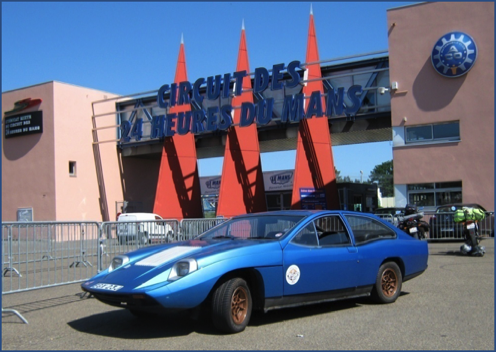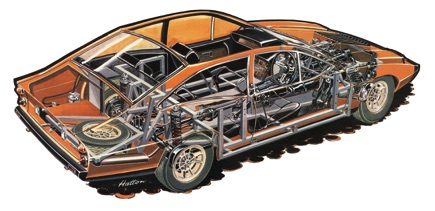
Marcos Mantis M70
BRIAN CUNNINGTON
Courtesy of Mike Andrews
Brian who? What has this man got to do with Marcos Cars?
Hawker Aircraft
Brian started his working life in 1952 as an apprentice fitter turner at Hawker Aircraft in Kingston, primarily working on the Hawker Hunter.
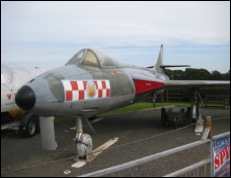
Hawker Hunter at Sywell Aero Museum
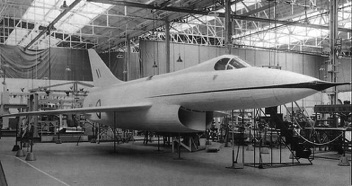
From 1957-1964, as a Design Draughtsman in the Experimental Drawing Office, he did a considerable amount of work on the design of controls and associated structures of the Hunter, 1121, 1127 (Kestrel) and 1154 (supersonic fighter which was cancelled in 1965). He designed the Jet Reaction Nozzle controls and systems on the 1127 (the experimental jet that led to the amazing Harrier “jump jet” fighter-bomber).
Right: Hawker Siddeley 1127
Left: Hawker Siddeley 1121
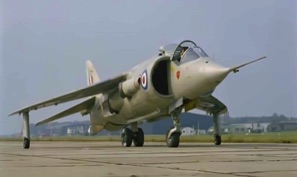
Brian was also involved in the design of the main jet nozzle controls in the fuselage (which enable the Harrier “jump jet” to take off and land vertically and to hover) and in the design of the puffer jets on the aircraft's wingtips.

It was when Brian was an apprentice that he smashed his ankle in a motorcycle accident on his way to work. While recuperating in Devon, Brian met his future wife, Sylvia, who was on holiday with her family at the same guesthouse (they married four years later). He bought his first car (a 3-wheel Morgan) with the accident compensation.
Brian had discovered that workers on the shop floor at Hawker were being paid 2d per hour more than him. He thought that he merited at least an equal pay rate, especially in view of his work designing the Jet Reaction Nozzle, and he was surprised that the company wouldn't budge; frustrated also at the progress of the 1154 project, he decided to leave in 1964 to join Lotus Cars (based at that time in Cheshunt).
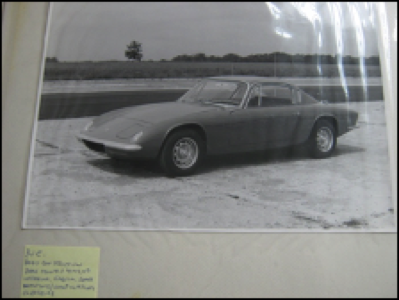
Lotus Cars
Brian worked as a Senior Designer for Lotus Cars and his involvement was extensive (he also got to test them, on one occasion being given a car for the weekend to test the handbrake warning light!);
Elan 2 seat - Fascia, interior, electrics, heating and ventilation
Elan +2 - Basic body engineering design, door hinges, fascia, interior, electrics, heating and ventilation controls
Europa II - Regulatory approval, fascia, interior, electrics, heating and ventilation, gear change
M50 (eventual Elite)
In early 1969 Brian started work on the overall engineering design and layout; development of new gearbox/differential. Colin Chapman's frequent absences allowed Brian the freedom and autonomy to pencil the design for his own ideal full four-seat Grand Touring car – which was never made.
By 1969 Brian was living in Norfolk with Sylvia and their two children. He was keen for the development of the M50 to move forward, but progress was slow and he decided to leave Lotus Cars and went to work for Servotec.
Left: Lotus Elan 2+2

Servotec
Brian was employed as a Senior Designer on the Grasshopper Helicopter, a twin-engine light helicopter. He realised that he would be working in a relatively 'bureaucratic' set-up – not a good prospect for him.
However, only a few weeks into the job, a former colleague from Lotus told Brian about an offer he had received from Marcos Cars to develop a full 4-seat sports car. He had turned it down.
Brian had spent the last few months at Lotus working on the M50 design. He contacted Jem Marsh to arrange an interview and, on the basis of his experience at Lotus, he was offered the position.
Marcos Cars
Brian started work on 21 July 1969. He took his M50 drawing to Marcos and, in a small office above the workshop of Dennis and Peter Adams (who were tied up with development of their Probe models) he was left to get on unhindered. The project progressed rapidly and in September they moved to a larger workshop (still in Bradford on Avon) and, by mid December 1969, a full-size wooden body was completed.
The car, with Ford V6 engine, less all bodywork, was tested at Keevil Airfield, Trowbridge in February 1970.
In April 1970 the decision was taken to change the intended Ford V6 3-litre engine and gearbox to a Triumph TR6 fuel injected straight 6. By mid September 1970 the first production car was running.


The anticipated rate of production was initially two cars per week. Brian had been employed by Jem Marsh to manage the development and oversee the production of a full 4-seat GT sports car, to be ready for presentation at Earl's Court Motor Show in October 1970 – quite some task, and Brian delivered.
The car that he and his team of around 7-10 staff created in less than 15 months was the spectacular Marcos Mantis M70 - the design was certainly controversial but the car received many positive comments and requests for orders. However, in December 1970, Brian learned “out of the blue” that the receivers had been called in and he was made redundant. In Brian's words, “I achieved what I was paid to do, produce produce a successful specialist sports car, the equal of any Carrozzeria, at a fraction of the cost. The ultimate grand tourer.”
All 32 cars that were made were sold. There was even a Corgi model.
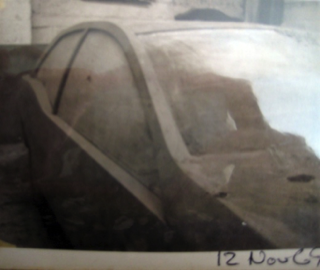
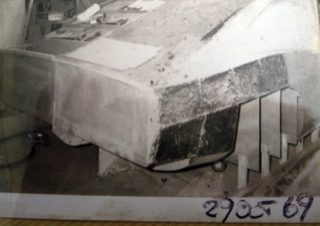
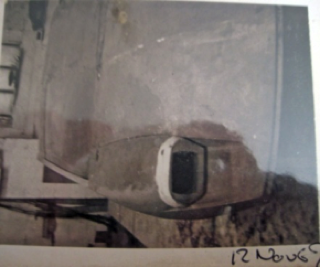

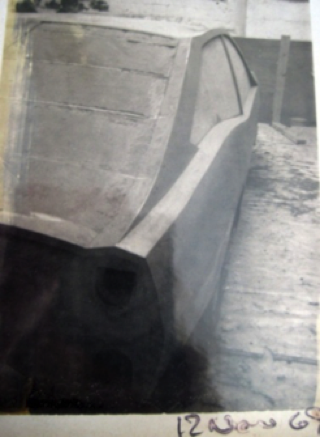

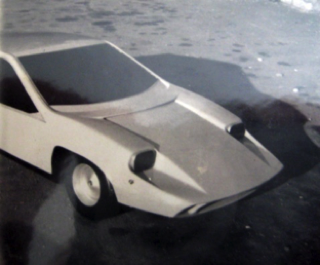

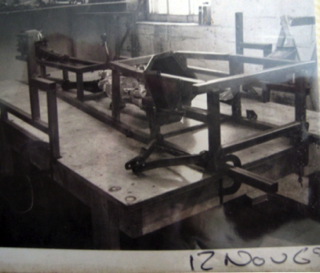



M70 Wind Tunnel 9th September 1969
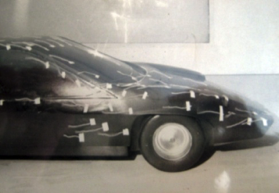
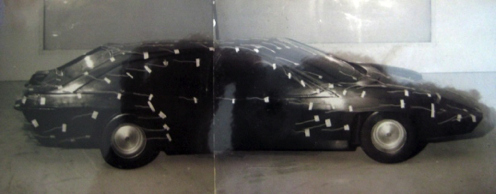
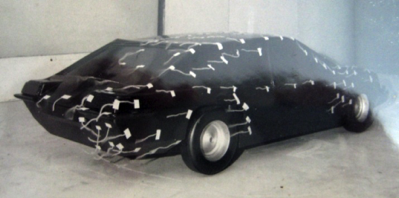

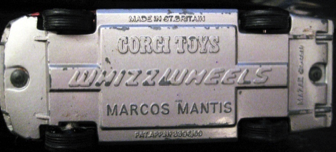
There was even a Corgi model.

'A' Trailers
In 1971 Brian set up his own business at Dilton Marsh for the design, build and supply of purpose-built trailers and components. Full patents for trailer suspension and motor cycle front suspension were granted in 1973. The business thrived, enabling Brian to continue working on other design projects at the same time, such as Gilbern Cars.

Duet
Brian designed a 2-seater microlight, the Duet, eighteen of which were made.
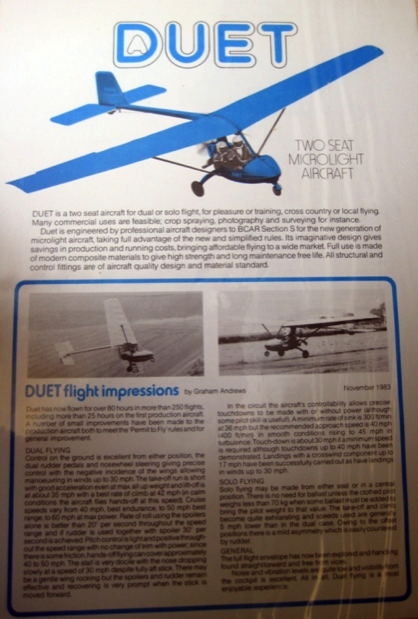

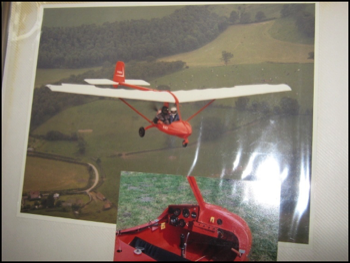
Nova kit car with Wankel rotary engine
June 6th 1978
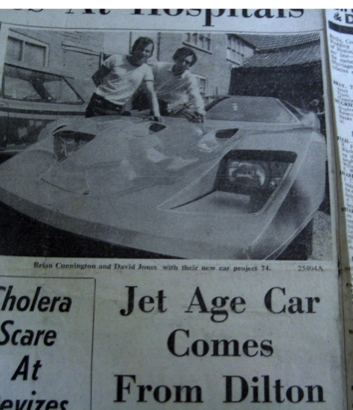
CMC Leopard
In the early 1980s, Brian was project manager and a senior designer of the CMC Leopard, a light business jet, of which only two prototypes were made, despite it being exhibited at Turin.
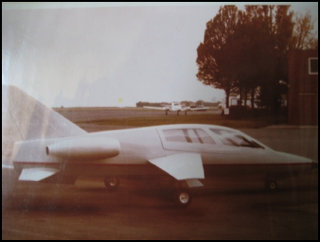
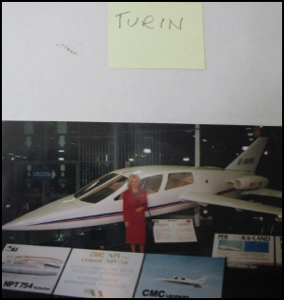
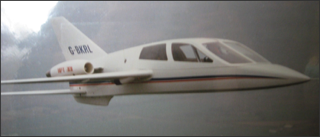
The prototypes are now housed at Bournemouth Aviation Museum and Midland Air Museum, Coventry.
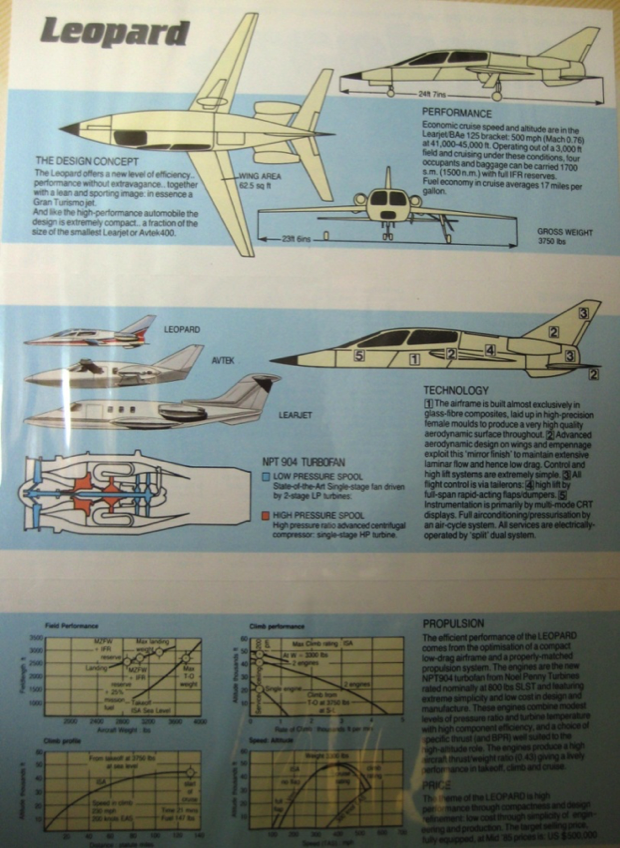

I've heard people say that owning a Marcos has changed their life; I don't think Brian has ever owned a Marcos but in our conversation he described working at Marcos Cars as the happiest time of his career.
Thanks to Simon for setting up our meeting in the first place, and to Brian and Sylvia for their warm welcome.
Cheers
Mike
Sadly I was told a few weeks after my visit that Brian passed away on 6 October 2017. Condolences to Sylvia and their family.
